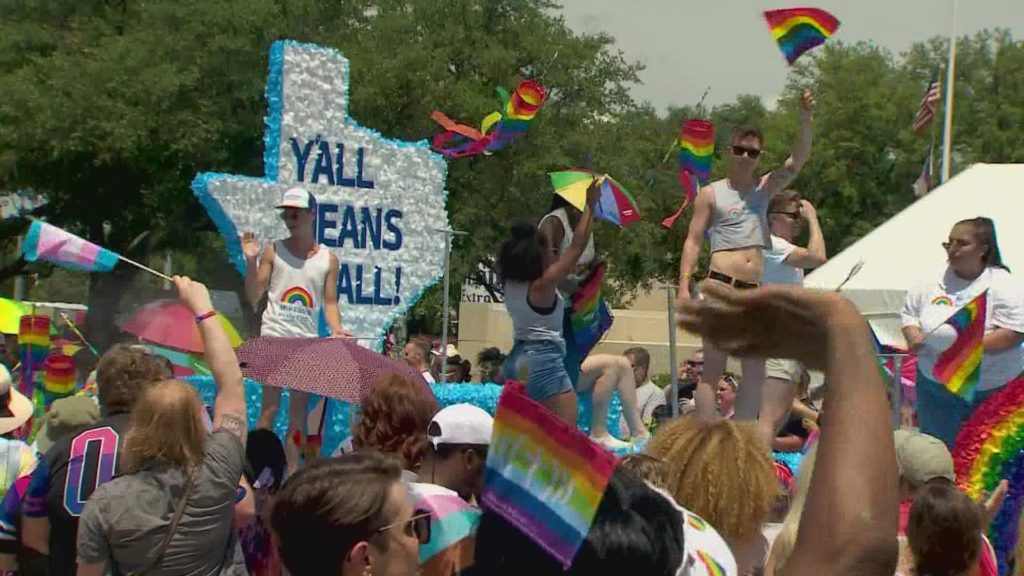Is your agency prepared to support LGBTQ+ Domestic Violence Survivors?

Domestic Violence, Intimate Partner Violence, Sexual Assault. All three of these come with a very specific image in mind. One that often puts women as the victim and men as the abuser. While this image is not inaccurate, it does fail to reflect the broad impact domestic violence has on our communities and our society, particularly for those whose relationships don’t fit that tight mold. While there is a growing movement to talk about how men experience domestic violence, this is often still displayed in a heterosexual light, with a male victim and a female abuser. Society has historically overlooked the ways in which LGBTQ+ couples and communities experience domestic and sexual violence. This focus on the heterosexual relationship, while important in itself, has meant that LGBTQ+ communities has been typically left out of any movement related to domestic violence. This is a dangerous assumption; recent research shows that LGBTQ+ members experience domestic and sexual violence at equal and sometimes higher rates compared to their heterosexual counterparts. And yet, LGBTQ+ survivors and victims are significantly less likely to seek domestic violence support and shelter. The fact is that Domestic Violence has impacted many members of the LGBTQ+ community. Those who have experienced this abuse are not alone. But they can feel alone when it comes to accessing Domestic Violence Resources.
The fault, if you can call it that, of not accessing services or seeking help does not fall on the LGBTQ+ community. The low rates of seeking help are due to the complicated intersections of violence, bias, and discrimination that places barriers in the way of LGBTQ+ victims and survivors. While the barriers facing the LGBTQ+ community in seeking services is an important conversation (and the topic of a previous blog post), this blog post will dive into a specific barrier. To receive domestic violence or intimate partner violence services that actually reflect their experiences, members of LGBTQ+ communities must jump through unending hoops and consistently put themselves in spaces which may not welcome or support them due to their gender or sexual identity. For those that do take all of the steps, do all of the research, jump through all of the hoops, the question then becomes are agencies ready to support them?
There are two main risk factors for LGBTQ+ survivors and victims’ who are coming into contact with Domestic Violence agencies. Potential homophobia and discrimination from staff of these service providers, or from non-LGBTQ domestic violence victims also receiving services and secondly, the lack of appropriate training regarding LGBTQ+ domestic violence for service providers.
The vast majority of Domestic Violence agencies will say that they are LGBTQ+ friendly and trained. But is this actually reflected in service providers and agency policies? Whether you are assessing your own agency’s policies and practices, or a member of the LGBTQ+ community seeking services, there are a number green flags and one red flag to look for –
Does the agency have
- Inclusive language on intake and other agency forms
- Relationships with local LGBTQ+ specific agencies
- Domestic Violence materials for the LGBTQ+ community
- The perspectives of the LGBTQ+ community in relation to domestic violence within agency publications such as an agency’s website
- A level of comfortability when working with members of the LGBTQ+ community. Agencies can provide training, but if a counselor or advocate is uncomfortable or uneducated (or worse, has homophobic beliefs) then they will contribute to the barriers keeping members of the LGBTQ+ community isolated and without resources
Does your agency
- Educate staff on issues facing specific groups of LGBTQ+ community members. One size does not fit all when it comes to Domestic Violence education. It is not enough to only be educated on heterosexual presentations of abuse
- Have easy to access LGBTQ-affirmative resources in the community
- Agency provided or supported staff opportunities to learn and interact with the LGBTQ+ community
- The ability to challenge policies and behaviors that are problematic or unhelpful and irrelevant when it comes to the LGBTQ+ community within the agency.
- RED FLAG – If the agency has a known LGBTQ+ staff member, this person is responsible for all programming, planning, and services for the LGBTQ+ community. It is unfair, problematic, and leaves your agency open to widening the barriers of discrimination instead of coming together to provide the support that is needed.
At the end of the day, is the agency you work at, volunteer for, or are seeking services from, actively engaged in educating themselves and their employees on the impact Domestic Violence has within the LGBTQ+ community?
Written by Michaela Lines, LMSW, Women’s & Children’s Therapist
